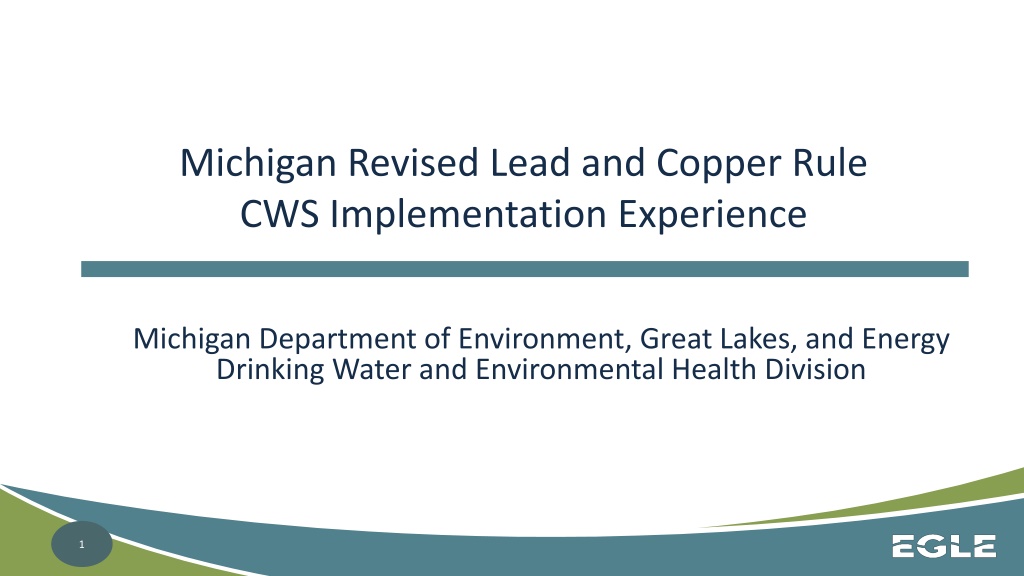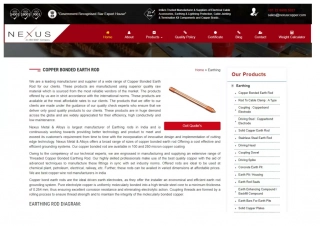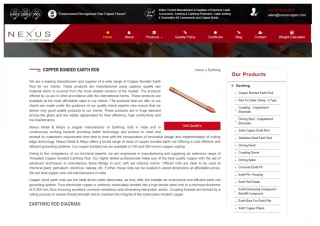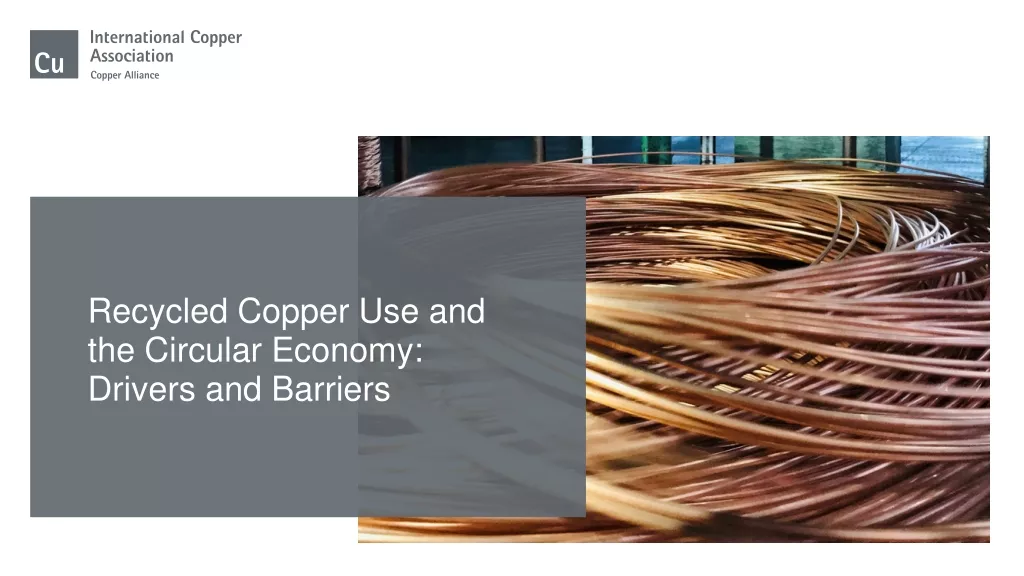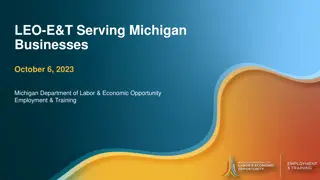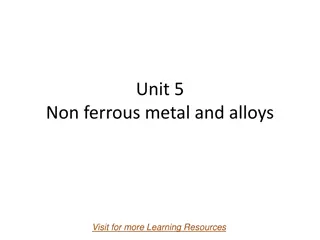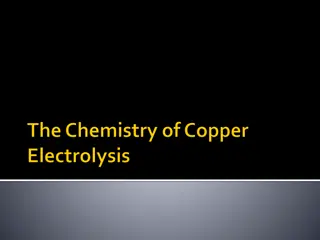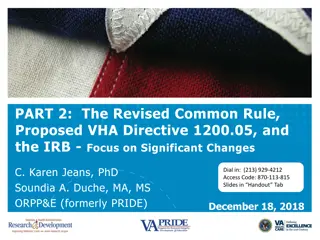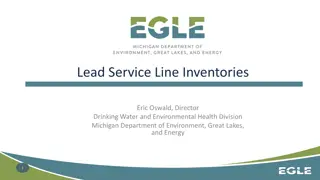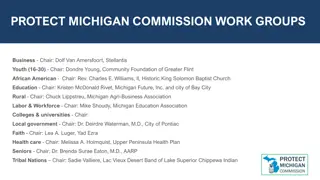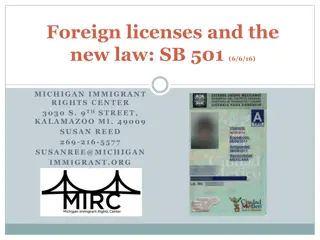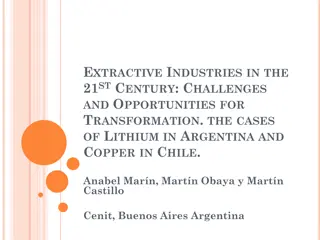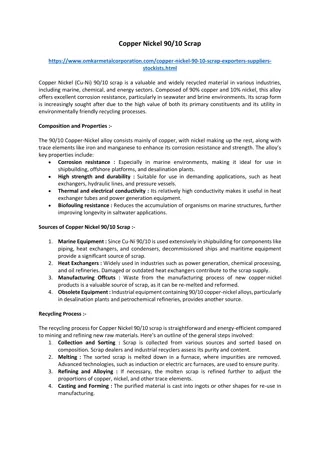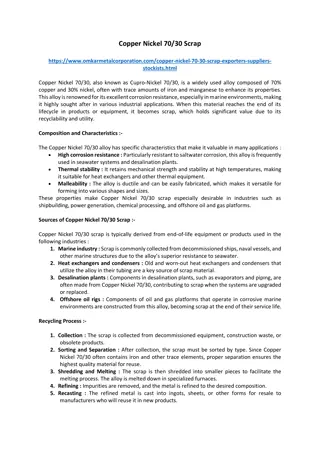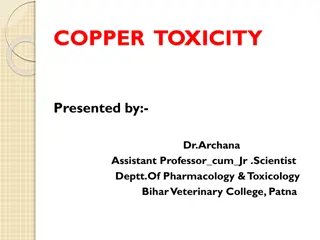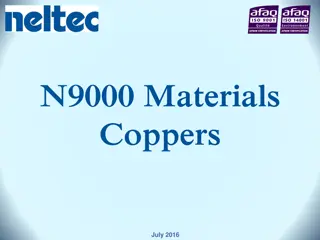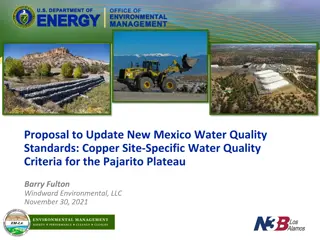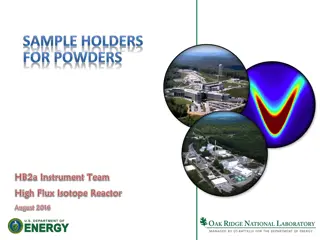Michigan Revised Lead and Copper Rule Implementation Experience
The Michigan Department of Environment, Great Lakes, and Energy shares insights on the implementation of the Michigan Revised Lead and Copper Rule. Key topics include rule revisions, data outcomes, challenges, and development drivers. The rule aims to reduce lead levels, update sampling protocols, and enhance transparency for safer drinking water.
Download Presentation

Please find below an Image/Link to download the presentation.
The content on the website is provided AS IS for your information and personal use only. It may not be sold, licensed, or shared on other websites without obtaining consent from the author. Download presentation by click this link. If you encounter any issues during the download, it is possible that the publisher has removed the file from their server.
E N D
Presentation Transcript
Michigan Revised Lead and Copper Rule CWS Implementation Experience Michigan Department of Environment, Great Lakes, and Energy Drinking Water and Environmental Health Division 1
Drinking Water and Environmental Health Division Eric Oswald, Director George Kristian, Assistant Director Kris Philip, Community Water Supply Section Brandon Onan, Lead and Copper Unit 2
Topics Summary of Michigan rule revisions 2019/2020 Data Outcomes Implementation Challenges/Experiences Questions/Discussion 3
Summary of New Rule Development Drivers: Flint, EPA White Paper/Recommendations, Staff Experience, Stakeholders Political Process = Compromise Stakeholder Input was Critical Hear all voices Michigan Administrative Rule Process Philosophy Behind the Changes LSL Removal at Supply Expense Lowering of Action Level Sequential Sampling Transparency 4
Michigan Lead and Copper Rule Reduces Lead AL from 15 to 12 ppb on January 1, 2025 Eliminates Copper w/ Lead Solder Criteria in Tiers 1 and 2 Updated Sampling Pools 1st and 5th Liter Samples at LSL Sites Use Highest Result Limits Tap Monitoring Reduction in Systems with OCCT Distribution System Materials Inventories (DSMI) LSL Replacement 5% Annual Average Continuity of CCT Enhanced Transparency 5
Sampling 6
Updated Sample Site Tiering Criteria Criteria for identifying sampling sites updated to further focus on high lead risk Tier 1 and Tier 2 include only sites with lead service lines (LSL) or interior lead plumbing Sites with copper plumbing with lead solder now Tier 3 Supplies required to update and submit sampling pools to reflect the revised criteria 7
Updated Sampling Protocol Sites with LSL: 1st AND 5thliter sample required 1st liter represents water in premise plumbing 5th liter better represents water in contact with the LSL (based on an average home configuration) Sites without LSL: 1st liter sample Only the highest lead result and highest copper result from each site are used in 90th percentile calculation Pre-stagnation flushing and aerator removal/cleaning prohibited in anticipation of compliance sampling 8
Changes to Sampling Requirements Lead and copper tap sampling: Supplies w/ OCCT cannot reduce to 3 year unless Meet WQP ranges for 3 consecutive years AND either of the following apply Supply has no lead service lines OR 90th percentile <= 0.005 for Pb and <=0.650 for Cu for 3 consecutive years WQP sampling: All systems with OCCT must conduct ongoing WQP sampling, regardless of size or 90th percentile value Cannot reduce beyond annual 9
2019-2020 CWS Sampling Summary Approximately 1,010 CWS sampled Approximately 1,560 compliance sampling events (some supplies sampled multiple times) Approximately 170 CWS sampled using 1st/5th method 10
2019-2020 CWS Lead Action Level Exceedances 50 Lead ALEs from 2019-2020 31 ALEs at 22 supplies with LSLs (subject to 1st/5th) 19 ALEs at 18 supplies without LSLs (subject to 1st) Of the 31 Lead ALEs at supplies with LSLs 31 based on highest of 1st and 5th liter (Michigan 90th) 11 based on 1st liter only (current federal LCR) 22 based on 5th liter only (new federal LCRR) Note: MI lead action level is currently 15 ppb. It will reduce to 12 ppb in 2025. 11
* Mixed tiers. Calculated using only 5th liter from LSL sites and 1st liter from other sites. 12
Why Higher 90th Values? 1st & 5th liter sampling protocol Updated Tiering Criteria Re-evaluation, updating, & submission of sampling pools Increased awareness and training on site selection & sampling Prohibition on pre-stagnation flushing and aerator removal Change in MI consecutive system sampling requirements (unrelated to, but timed with, revised rule implementation) Other 13
Distribution System Materials Inventories (DSMI) Supplies had to submit a Preliminary DSMI by January 1, 2020. Based on existing records, summarized by category Required to submit PDSMI on a 2-page form Find summary data at Michigan.gov/MiLeadSafe (click on Drinking Water and find the button on the right) 15
Complete DSMI Supplies must have a Complete DSMI by January 1, 2025 Must include materials of each service line Must include public and private side Will require some verification Must be updated every 5 years Minimum verification requirements recently released Physically verify statistically significant number of lines to: Evaluate reliability of records Determine rate of occurrence of service line materials Identify gaps where additional verification may be needed Concept discussed in ASDWA/Blue Conduit white paper 18
Lead Service Line Replacement Beginning 2021, supplies must replace an average of 5% per year not to exceed 20 years unless under alternate approved schedule REGARDLESS of 90th percentile values Must replace lead & galvanized that is/was connected to lead Must replace public AND private side at water supply expense Must report annually on replacement efforts Partial replacement prohibited except for emergency repair 19
Increased Transparency Supplies must notify residents of homes served by LSL Supplies with LSLs or lines of unknown material must report the number of each in their CCR Public Advisory required within 72 hours of lead ALE Consumer Notice must include copper as well as lead Statewide and local advisory councils created to provide input regarding lead awareness efforts 20
Challenges Complexity of rules; education of water operators Change in sampling methodology Gaps in knowledge about service line materials Logistics of full LSLR (avoiding temporary partials) Resources to assist supplies with LSLR requirements Messaging rule changes to the public (what changed and why; why are we seeing more ALEs in Michigan) 22
Training & Awareness EGLE conducted significant operator training on revised rules Focus on updated Tiering criteria and site selection Focus on updated sample collection protocol; also created videos and infographics on this topic Training events well attended Can find graphics, videos, etc. at www.Michigan.gov/LCR 23
Other Efforts Coordination w/ Dept of Health and Human Services (DHHS) Can assist w/ investigative sampling Messaging and communication Provision of filters Staff participation at public meetings following lead ALEs Voluntary school sampling program 24
Final Thoughts Updated tiering and sampling protocols are better capturing potential lead exposure Added rule requirements are complex; operator training critical Increased requirements means increased resource needs More personnel and automation needed Supplies need the same, plus financial resources to support efforts such as LSLR 25
Michigan Department of Environment, Great Lakes, and Energy General information about lead: Michigan.gov/MiLeadSafe Information for water operators: Michigan.gov/lcr 26
